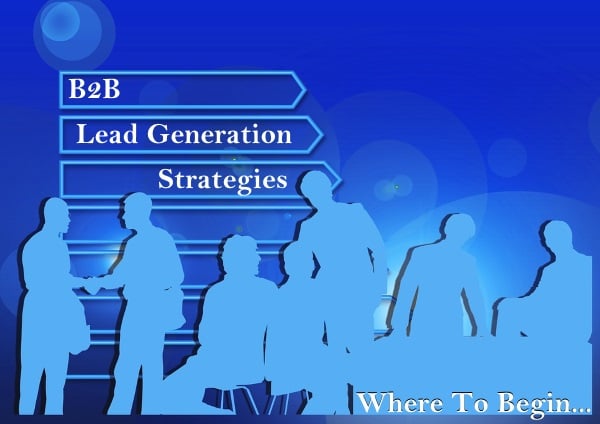Effective B2B Lead Generation Strategies - Where To Begin

When considering how to expand your business, B2B lead generation strategies are important for really focusing your efforts. Defining your audience, understanding your key messages and putting out useful information to engage other businesses is key for effective B2B sales lead generation. However, knowing where to begin can be daunting. Read on for ideas on how to begin your B2B lead generation strategy.
Define your USP and message
Your business’ message is by far one of the most important parts of lead generation. Whether placed on your website, in marketing emails or in social media posts, your message needs to be coherent.
Define your USP. What makes your business more attractive than your competitors? Once you have found your key selling point, you can leverage it by creating content centred on your focal messages. Add video content to your site, emphasising your USP; create infographics that highlight how your USP will be of best use to your customers; write blog posts that discuss your industry at large and how you stand out. By incorporating your USP and message into all your marketing, you will make your lead generation more effective. Read more about defining and marketing your core USPs through varied content on this section of our Digital Prosperity Blog.
Learn from your competitors
If there is one thing that will effectively make or break your lead generation B2B, it is your website. Your website will be a key conversion tool that will provide everything a business needs to engage with your product or service, and encourage leads to form. One way of optimising your website is to look at your competitors and learn from them. See what your competitors’ sites look like, and try to create a website for yourself that is different but utilises the effective methods of your fellow businesses. Avoid using templates that are easily recognisable, as you want to create a brand image that is fresh and distinctive.
If your competitors have a particularly good selling technique, create your own version to generate leads for your own business. If you have certain advantages over their product or service, make that a key point in your messaging.
Establish authority
Part of your B2B lead generation will come from having an authoritative voice in your industry. You can promote your authority by engaging with platforms that will naturally lend themselves to your voice. For example, you can use LinkedIn to post useful and engaging content, and to publicly converse with others in your industry. Utilise your knowledge and experience to show that your business is au fait with the challenges in your sector, and you can lead interested parties back to your website to explore your business further. LinkedIn is the ideal forum for establishing authority with businesses in particular, because you can widen your network of professional individuals with ease. Ensure that you are involved in relevant and topical conversations, and soon leads will reach out to you.
Progress with your initial leads
Once you have initiated your B2B lead generation strategy, you should ensure that you keep up the momentum. Publishing regular content with topics that will continue to draw interest is vital to keep the leads flowing in. When you have successfully gained a lead’s contact details, you should maintain contact and encourage them to interact further with your business. For example, you can use services such as MailChimp to send regular marketing emails, targeted to your leads’ needs, to drive them to engage further. Offer incentives, such as ebooks, for referrals to other parties that may be interested. If you're not sure on what offers you can provide, here is a great article - 20 Special Offer Ideas For Marketing Your Business.
By effectively defining your company and your brand message, you can leverage your knowledge and expertise to drive leads to your website and other controlled assets. From there, it is a case of maintaining momentum and interest for further B2B engagement.


